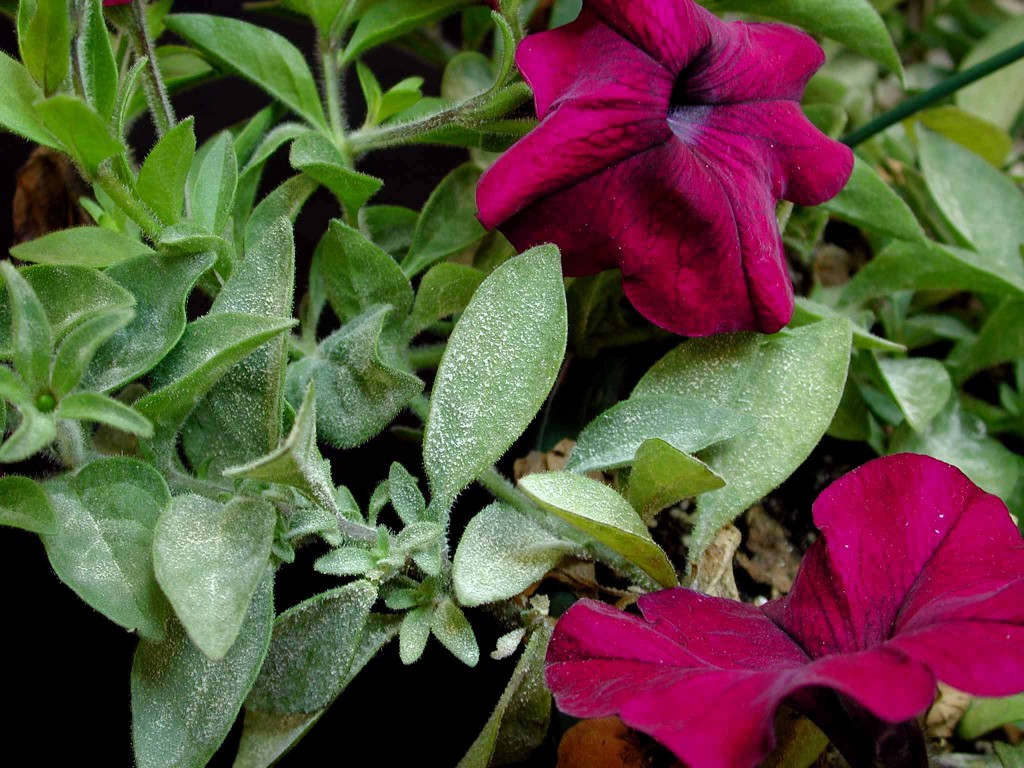
Disease Discussions: Biologicals for Disease Management on Ornamentals
ARC: The horticultural industry is getting greener or at least trying to as each year passes. I don’t know many plant pathologists who have had successful experiences with biological control agents for disease prevention. I have had mixed results in my trials which is exactly what has happened with the synthetic chemical products too. What do you think the future holds for biocontrol agents and disease prevention in ornamental horticulture?
MLD:I sure would like to see more oomph in the biocontrols of the future, but that comes from having seen fungicides solve problems after they have started happening in the greenhouse. With biologicals, it is all about managing the ecology of the leaf surface and the soil environment. This industry handled the shift from mineral soil media to soilless media with grace, so I think it will be able to convert to growing biologically without chemical crutches. But everyone will need clean starter plant material to pull this off.
ARC: I agree that we cannot only use biologicals. We need to change how we grow plants first, as you say. How about taking the intermediate step of using both biologicals and synthetic chemicals? Do you think that will work? I think this is taking place in an unfortunate time frame since this requires a lot of input from experts and we have fewer experts than ever (at least at the university level).
MLD:In an era when short-term-solution generating people at universities are being phased out, improving our growing system is harder, yes. But to your question of combining biological with chemical control, I think this is more doable than one might at first think. For example, the biocontrol Cease, although having bacteria as the active ingredient, states on the label that it may be tank mixed with other fungicides, and we have understood that this includes even copper materials. In my opinion it is preferable to use the Cease alternately with copper when trying to manage a bacterial disease, in order to reduce the stress to the plant from copper treatment but it is interesting that we can tank mix a chemical and a biological in this case.
ARC: I think we actually have all of the science we need but precious little of the delivery system. I know that is what you are referring to by short-term-solution generating people. In the olden days we had a fully staffed and decently budgeted information delivery system for our growers. They may have been sort of replaced by private people but the private people don’t always have the connection to the science they need to craft the best solution.
MLD:Hey, are you calling yourself disconnected?! I think the consultants and company-based diagnosticians and advisors can do a good job of getting the right information to the grower, but they always need to remind themselves that it is important to check into the scientific literature and network with others in related disciplines rather than just running on what they think they know. That’s a “reminder to self” note as well! Setting up trials (WITH controls) at grower establishments is good, too … but then it’s not likely a grower will let you pour Fusarium and Pythium spores into the dahlia pots as I was doing this afternoon. That’s one great advantage of working for a university rather than a plant company you can torture plants for the sake of science!
ARC: So the final question is: Do we have enough information in the scientific literature to answer our needs concerning incorporating biologicals into a largely synthetic chemical-based production system? Even as a somewhat disconnected private consultant, I can say, “Nope.”
MLD:In order for growers to achieve significant, reliable results when using biological products, they will require special guidance. And, besides guidance, more biological tools are needed!


 Video Library
Video Library 




















